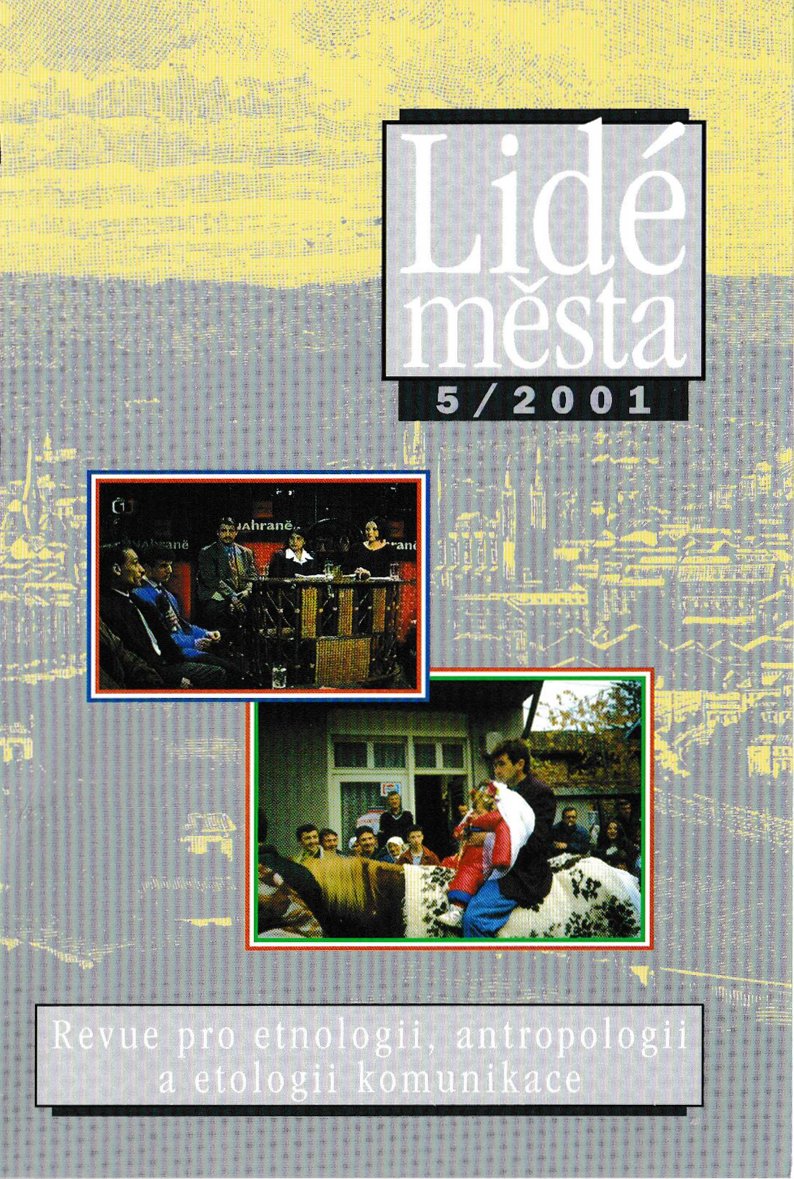Město jako prostor mizení
K estetice mizející reprezentace prostoru stability
DOI:
https://doi.org/10.14712/12128112.4100Abstrakt
The study is concerned with the problem of aesthetics of the vanishing representation of the space of stability, on modem production of linked town planning and media systems which are able to generate their own ways of reality according to an algorithm of emptying of forms a given system uses. (The originally natural environment has acquired a new organisation of space and time in society. This materialises according to the criteria of the forms which are being introduced: instead of the visible outstanding objects - built-up area, houses, streets and shops, etc. - one can see the "signs of night" - computer networks, server terminals, electronic displays of information boards, etc). In this case it is a system of new configuration networks of urban space. This leads to an ironic result: a reversal of the principle of construction of reality in which each concept of geological stability is turning into its very opposite - a sphere of instability, a principle of displacement of what had originally been real. This change has been largely influenced by the present-day development of tele-technologies with their high transport speed or with the way of mediated de-territorialisation of natural space. From this viewpoint on can say that what is now called town planning is just a model, constructed or removed by means of a system of transport, transit and transfer. The very sphere of transfer and individual transmitting networks is delineating new borders and principles of displacement directly inside the towns. ln them, there is a revision of the original meaning of built-up areas and stability of a certain area. A locality as a firm delineation of space is vanishing to the benefit of transformation of the content of messages from institutions which make part of multinational economies. They are eroding the consciousness of belonging to a specific area because the main source of information about a given locality is almost always subject to a system of a configuration network of dominant transfers. They produce "localities", but only within the framework of their attachment and generation of the importance of the content of a message, especially in view of the multi-national, trans-territorial and, first and foremost, virtual occupation of space. The configuration of spatial objects and individual parts of a town thus succumb to technological deregulation of mediation by the media. To put it exactly: within the framework of the presented deregulation they discreetly enter the ground of modem aesthetics of disappearance.
Stahování
Publikováno
Jak citovat
Číslo
Sekce
Licence

Tato práce je licencována pod Mezinárodní licencí Creative Commons Attribution-NonCommercial-NoDerivatives 4.0.


